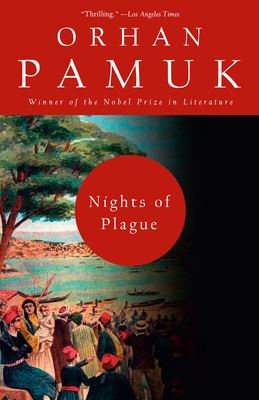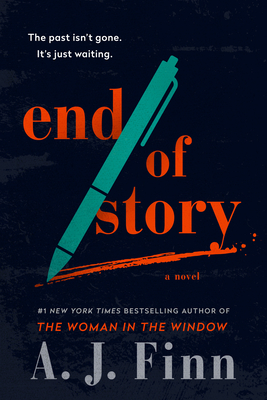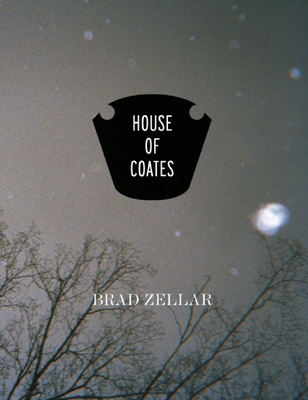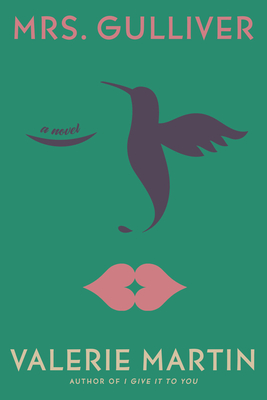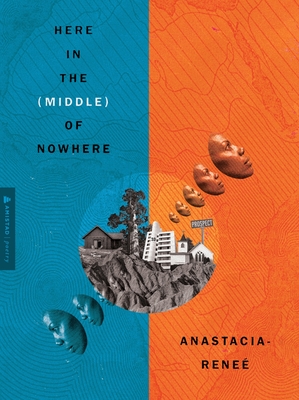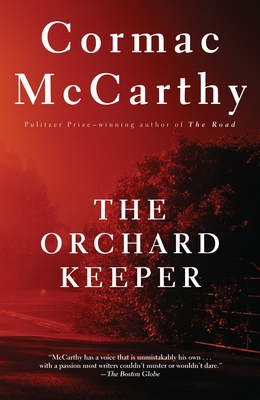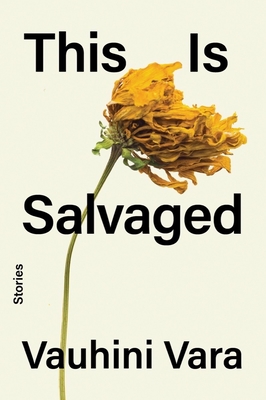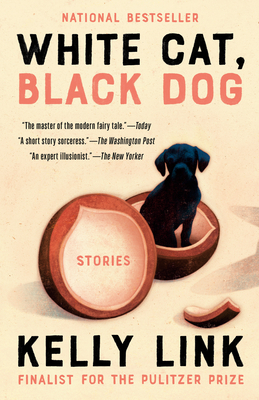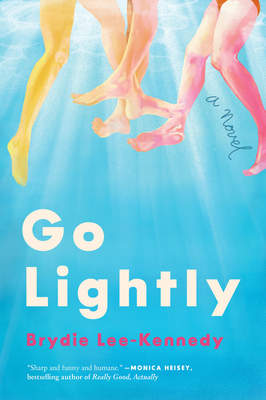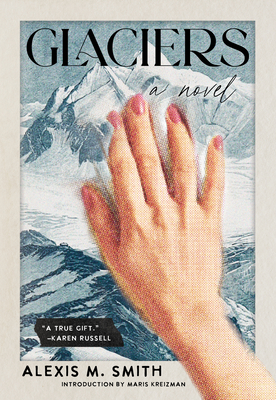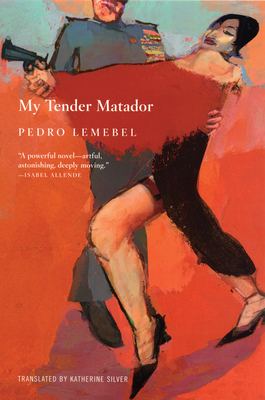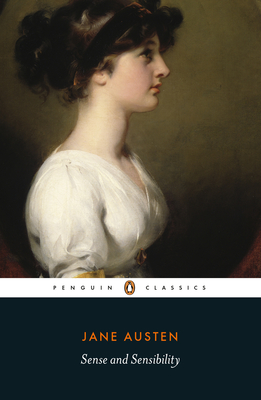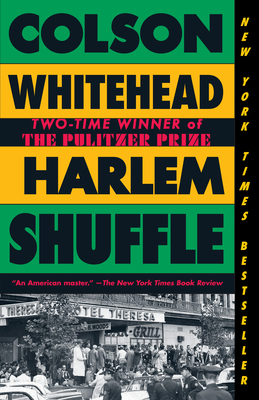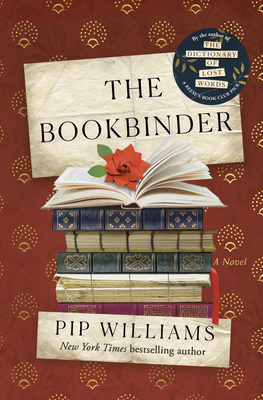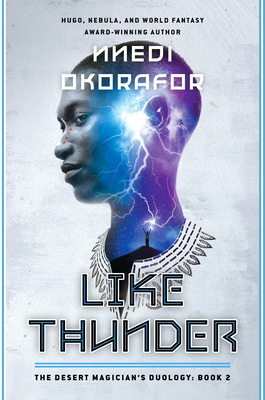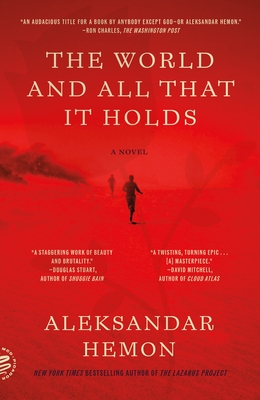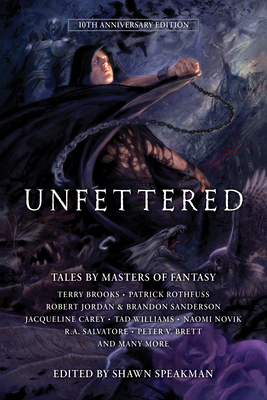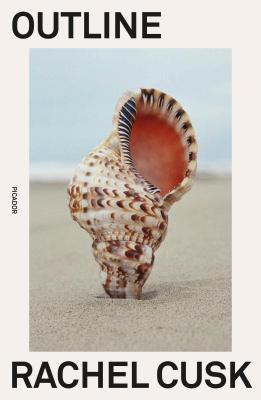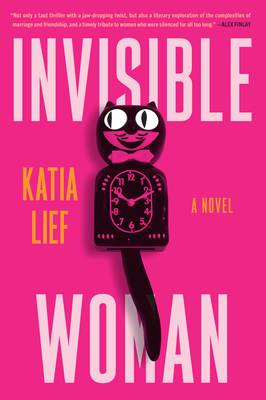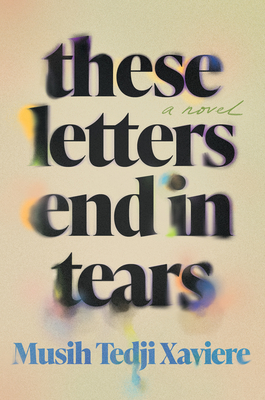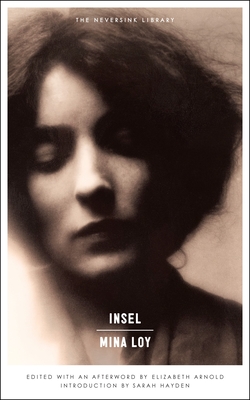
Insel (Neversink)
Description
“He has an evening suit, but never an occasion to wear it, so he puts it on when he paints his pictures.”
Insel, the only novel by the surrealist master Mina Loy, is a book like no other—about an impossible friendship amid the glamorous artistic bohemia of 1930s Paris.
German painter Insel is a perpetual sponger and outsider—prone to writing elegant notes with messages like “Am starving to death except for a miracle—three o’clock Tuesday afternoon will be the end”—but somehow writer and art dealer Mrs. Jones likes him.
Together, they sit in cafés, hatch grand plans, and share their artistic aspirations and disappointments. And they become friends. But as they grow ever closer, Mrs. Jones begins to realize just how powerful Insel’s hold over her is.
Unpublished during Loy’s lifetime, Insel—which is loosely based on her friendship with the painter Richard Oelze—is a supremely surrealist, deliberately excessive creation: baroque in style, yet full of deft comedy and sympathy. Now, with an alternate ending only recently unearthed in the Loy archives, Insel is finally back in print, and Loy’s extraordinary achievement can be appreciated by a new generation of readers.
Praise for Insel (Neversink)
“What is remarkable is that, for all the slipperiness of the novel’s prose, the characters and their concrete world come throughl.. The truly wonderful force in Loy’s novel, the subject worthy of our fascination, is Mrs. Jones’s fascination itself.”
—Wall Street Journal
“In a year of rediscoveries, Mina Loy’s Insel stands out."
—Flavorwire, 50 Best Independent Fiction and Poetry Books of 2014
“Much of Mina Loy’s Insel is as slippery and effervescent as the novel’s downtrodden Bohemian martyr and title star… The novel challenges the restrictions of literary expectations, infusing prose with poetry, surrealism with modernism.”
—Bookslut
“A treasure... Insel is a powerful document of its age and place, and it tells a timeless story of art and friendship, love and fascination."
—Publishers Weekly, 10 Best Novels by Poets
“Mina Loy’s neglected modernist novel…now gets a second outing from Melville House with a new ending unearthed from the archives… Intriguing… fervent … her target is … an image of a patriarchal and disengaged avant-garde that has let the ’present actuality…go hang.’”
—Times Literary Supplement
“Refreshing, challenging, and brilliant… Insel’s republication, which includes a thoughtful and contextualizing introduction, afterword, and appendices, marks another occasion: to remark on Loy’s indisputable relevance to literary history, and literature’s futures.”
—Feministing
Praise for Mina Loy
“[In The Lost Lunar Baedeker,] Mina Loy’s wry, confident inquiries into the nature of men, women and sexuality are a great undiscovered treasure of modernism.”
—Publishers Weekly (starred review)
“Her utter absence from all canonical lists is one of modern literary history’s most perplexing data.”
—Hugh Kenner, The New York Times
“Among the great modernist poets, Mina Loy was surely the greatest wit, the most sophisticated commentator on the vagaries of love.”
—Marjorie Perloff
“Is there anyone in America except you, Bill [William Carlos Williams,] and Mina Loy who can write anything of interest in verse?”
—Ezra Pound, letter to Marianne Moore
“By divergent virtues these two women [Mina Loy and Marianne Moore] have achieved freshness of presentation, novelty, freedom, break with banality.”
—William Carlos Williams
“You’d know a Loy poem when you read one; you’d recognize her art work as distinctively hers. And maybe that’s the mark she would have most cared to leave on the world—literary and visual art made, unmistakably, by a true original.”
—The Nervous Breakdown

